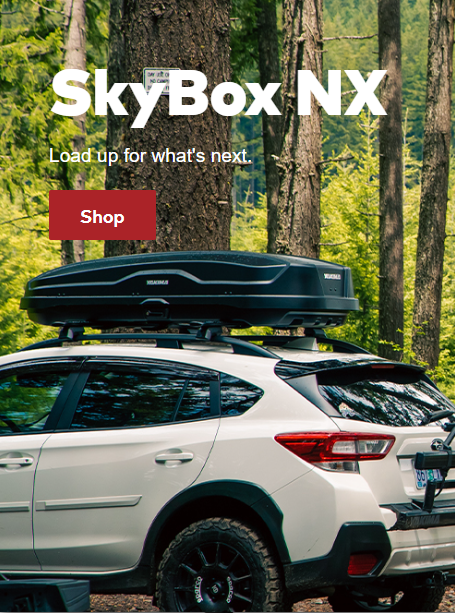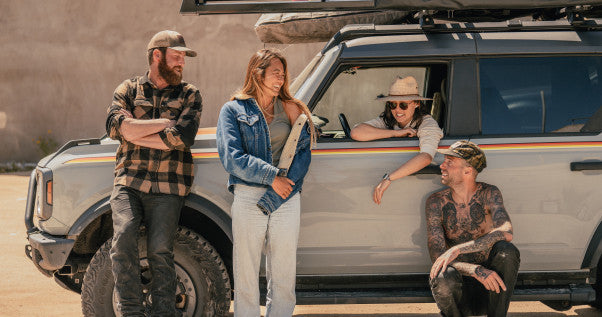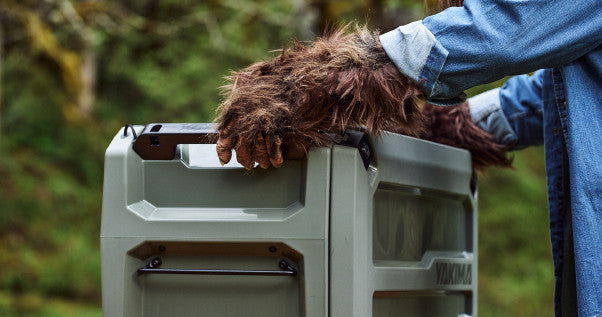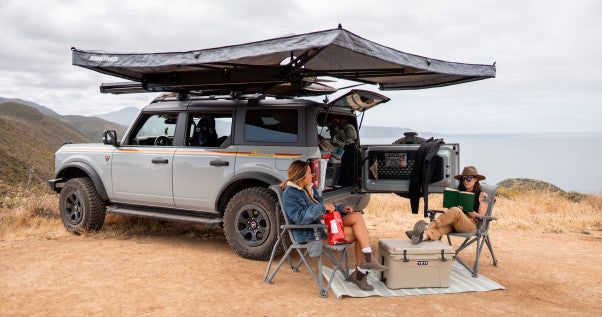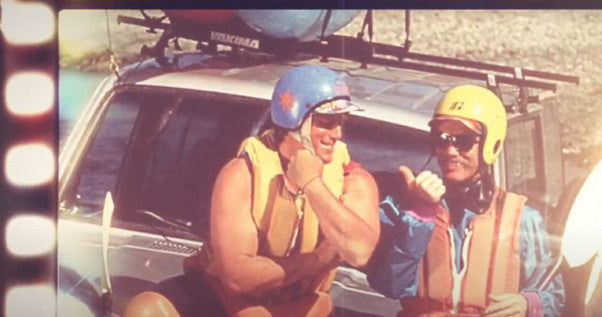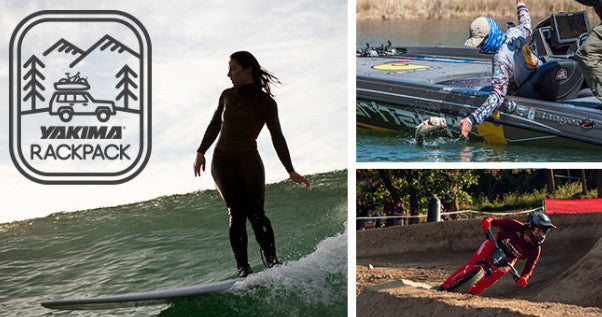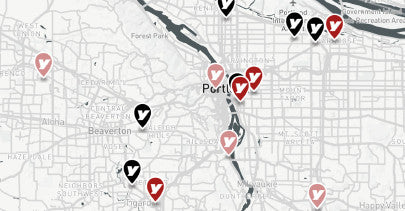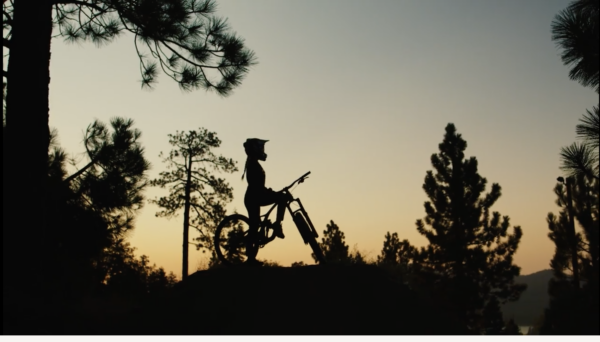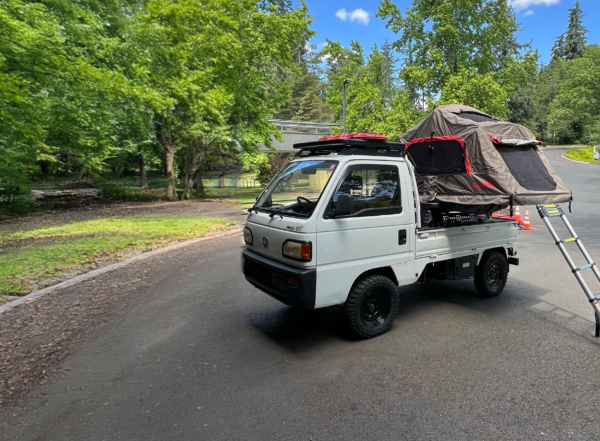Originally written for RootsRated
Mountain Biking provides an amazing mix of outdoor adventure. On a bike, you can pedal at a pace that promotes intimacy and interaction with the environment, or you can swoop along a rippin’ singletrack while testing your skills on a steep descent. MTB is one of the most popular forms of outdoor recreation and now, more than ever, responsible riding is essential to helping ensure long-term health of the sport. For mountain biking to continue being a viable outdoor recreation endeavor on public lands, doing so respectfully and with the resource in mind, is vital. These are just a few simple considerations to keep in mind on your next mountain biking adventure and will help ensure a safe, fun, and minimal-impact riding experience.

Plan Ahead and Prepare
- Ensure your mountain bike is in good, working order. A properly maintained mountain bike reduces the risk of injury, a long walk out, or both.
- Check with land managers, local bike shops, local cycling groups, and www.mtbproject.com for the most up-to-date trail information.
- Schedule your trip to avoid times of high use and ride in small groups of 3-4.
- Be self-sufficient and pack appropriately. A rain shell, multi-tool, spare tube, pump, and food all help ensure a safe and fun ride.
- Wear a helmet and other appropriate safety gear. It could save your life.

Travel on Durable Surfaces
- For biking, durable surfaces include established trails, dirt roads, and pavement. Off-trail travel by bike is not often allowed. Check local regulations.
- Respect trail and road closures. Do not trespass on private land and obtain permits when necessary. Bicycles are not permitted in areas designated as state or federal Wilderness.
- Avoid riding muddy, excessively wet, or icy trails. When encountering patches of mud or ice, ride through it and not around to avoid trail widening.
- Avoid skidding. Locking up your tires creates ruts, increases erosion, and decreases your control.
- Take someone new for a ride and teach him or her proper trail riding technique.

Dispose of Waste Properly
- Pack it in, pack it out. Litter can potentially endanger wildlife, attract scavengers, and diminish other visitors’ experiences. This includes toilet paper and other hygiene products
- Designate a pocket for litter, wrappers, and leftover food.
- Use restroom facilities before hitting the trail. Otherwise, deposit solid human waste in catholes dug 6 to 8 inches deep at least 200 feet from water, camp, and trails. Cover and disguise the cathole when finished.
- Urinate well away from water sources and out of sight of other riders.
- Be cool. Leave a favorable impression; not waste.

Leave What You Find
- Preserve the past: observe, but do not touch, cultural or historic structures and artifacts. Leave rocks, plants and other natural objects as you find them.
- #mtbselfie: photograph yourself being a responsible mountain biker, take pictures of natural objects in the wild and leave them for future preservation.
- Avoid introducing or transporting non-native species. Check your clothing, bike, and equipment before and after each ride for seeds. Wash your bike between rides.
- Unauthorized trail work, like berms, bridges, ladders, etc. is not recommended.
- You could unknowingly damage sensitive vegetation or contribute to further erosion and other trail damage.

Respect Wildlife
- Stick to the trail. Wildlife accustomed to riders can predict actions, but riding off-trail confuses wildlife.
- Observe wildlife from a distance. Do not follow or approach them
- Never feed animals. Feeding wildlife damages their health, alters natural behaviors, and exposes them to predators and other dangers.
- Control pets at all times, or leave them at home.
- Avoid wildlife during sensitive times: mating, nesting, winter, dusk, and dawn.

Be Considerate of Other Visitors
- Respect other trail users and protect the quality of their experience. Always ride within your limits.
- Be courteous. Yield to hikers and equestrians. Be prepared to stop and dismount if the trail is narrow or crowded. Yield to climbing cyclists when descending.
- When encountering slower traffic, announce your presence with a friendly greeting or bell to avoid startling other visitors.
- Reduce your potentially intimidating size by stepping to the downhill side of the trail when encountering pack stock.
- Ride in small groups to avoid excessive dust and noise.
- Racing on recreational trails is dangerous, inconsiderate, and never in style.
- Let nature’s sounds prevail. Save shouts of joy for post-ride stories.
For more information on Leave No Trace, visit www.LNT.org or call 1.800.332.4100
© Leave No Trace Center for Outdoor Ethics: www.LNT.org
Featured image provided by Jeff Bartlett

